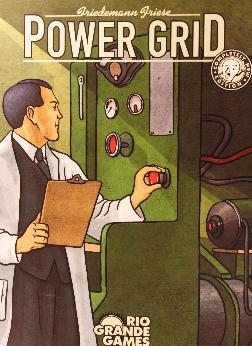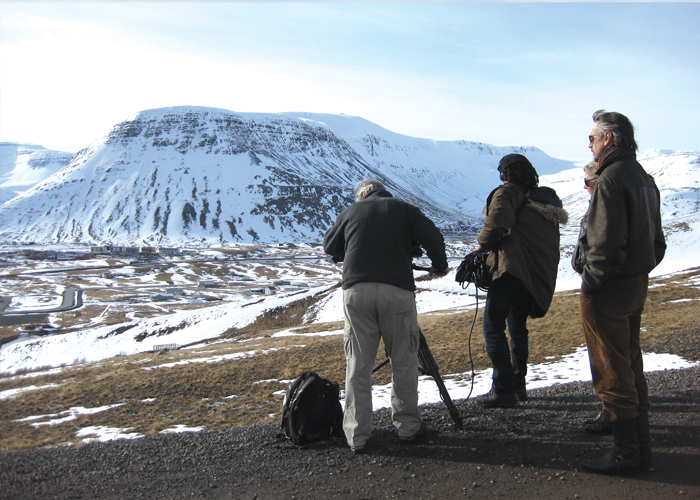Power Grid is one of my favorite games — but almost all of you have no idea what I’m talking about.
OK, so, Power Grid is a German board game where you compete with other people to create the power grid inside Germany. To do this, you buy different types of power plants — wind and solar, coal, oil, trash, or nuclear. You pay for the right to provide a city with power and pay for the connection fees between cities. You also have to purchase fuel for the power plants to use. It’s an exciting game as you balance the efficiency of your plants, the size of your territory, the number of cities you can power, and your fuel reserves. All the while, three to five other players are competing with you for all the same things.

As with most games, I accepted the rules and devices that the game used without thinking of them in real, tangible terms. When my armies are marching through Kamchatka, I don’t think of it as a real place. Nor do I when I try to build enough corrals for my pigs and sheep. But the Wiess Energy Hall has got me thinking about the power grid in real terms.
I know that Germany is exiting the nuclear market and that they are the second, after the United States, in wind power. But I had not thought of the trash plants as using actual trash for power generation. Using waste to produce energy is surprisingly popular in Europe.
There are more than 400 waste-to-energy plants across Europe. Some countries and cities have gotten so good at using waste to power and heat homes, that they import garbage from the rest of the continent. In Oslo, the capital of Norway, trash is imported from England, Ireland, and even Italy to make up for the short-fall in waste production. Given the size of landfills in America, it seems silly to talk about a city that can’t make enough trash for itself.
The United States operates only about a fourth of waste-to-energy plants that Europe does and produces about 14,000 gigawatts of electricity a year (about the same as geothermal energy). Less then half the states even have waste-to-energy plants. In many states, waste-to-energy is not counted as a renewable energy because it should not be renewable and its not carbon neutral.
Should we be using waste-to-energy? On the one hand we do have a lot of waste. You produce an average of 4 pounds of garbage a day. That’s almost a ton a year, which means that the United States produces about 4 trillion pounds of trash each year. We also have a large energy need. However, depending on what they burn, waste-to-energy plants can produce nitrogen oxides, sulfur dioxides, and even mercury. But waste-to-energy plants do produce far less methane than letting all that trash sit there in a landfill. Can the harmful gases be scrubbed out and not released? Yes, but this increases the cost of the plant and then you have to store those excess chemicals. One of the hidden costs of waste-to-energy is the assumption that we will continue to produce waste. While we will always produce some, we should be striving to recycle and reuse more and more.
So should we have more of waste-to-energy plants in the United States? Do the benefits outweigh the cost? Both sides have good points, and it would be nice to do something with all that trash we have sitting around. Should we export our trash to Europe? We have a commodity that they need, but what would happen if a ship full of trash went down? What we should do is realize that all that trash we produce might get a second chance as energy if policies, economics, environmental safety and will are aligned.


